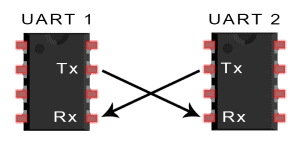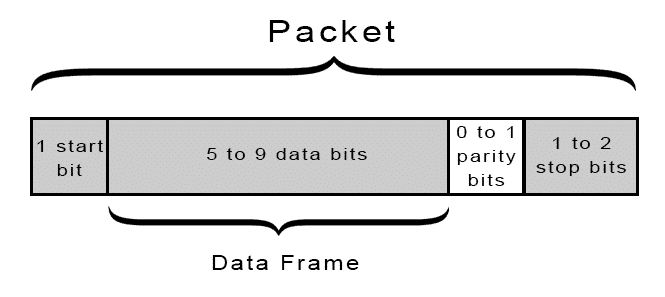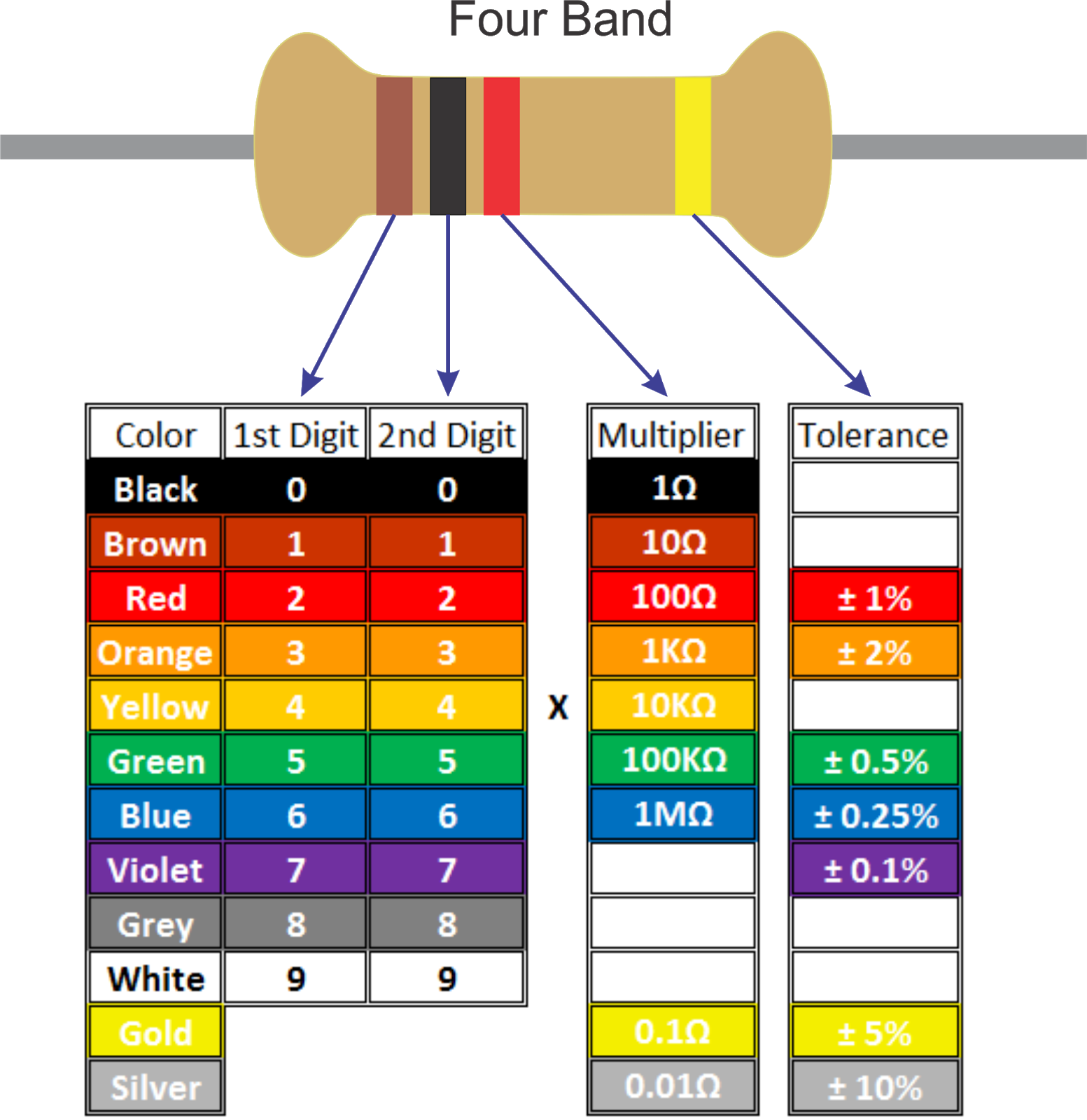Embedded System Part 2 (IIOT) Intership notes
- Atul
- Embedded systems
- July 14, 2023
Table of Contents
National Small Industries Corporation
- ISO certified organization
- Hyderabad office
1. What are the different types of boards available in the market and types of communications and sensors.
Boards:
Adafruit
RaspberryPi
RaspberryPi PICO series
- Dual-core Arm Cortex-M0+ processor
- 264kB internal RAM
- Support for up to 16MB of off-chip flash
RPi 3 Model B
- Replaced RPi 2 Model B
- Latest is RPi 3 Model B+
- Quad Core 1.2GHz Broadcom BCM2837 64bit CPU
- 1GB RAM
- BCM43438 wireless LAN and Bluetooth Low Energy (BLE) on board
- 100 Base Ethernet
- 40-pin extended GPIO
- 4 USB 2 ports
- 4 Pole stereo output and composite video port
- Full size HDMI
- CSI camera port for connecting a Raspberry Pi camera
- DSI display port for connecting a Raspberry Pi touchscreen display
- Micro SD port for loading your operating system and storing data
- Upgraded switched Micro USB power source up to 2.5A
RPi 3 Model B+
- 1.4GHz
- 2.4GHz and 5GHz IEEE 802.11.b/g/n/ac wireless LAN, Bluetooth 4.2, BLE
- Gigabit Ethernet over USB 2.0 (maximum throughput 300 Mbps)
RPi 4
- Broadcom BCM2711, Quad core Cortex-A72 (ARM v8) 64-bit SoC @ 1.8GHz
- 1GB, 2GB, 4GB or 8GB LPDDR4-3200 SDRAM (depending on model)
- 2.4 GHz and 5.0 GHz IEEE 802.11ac wireless, Bluetooth 5.0, BLE
- Gigabit Ethernet
- 2 USB 3.0 ports; 2 USB 2.0 ports.
Arduino

- 14 Digital I/O pins
- From which 6 analog pins
- 16MHz
Technical specs:
| Components | Names |
|---|---|
| Microcontroller | ATmega328P |
| Operating Voltage | 5V |
| Input Voltage (recommended) | 7-12V |
| Input Voltage (limit) | 6-20V |
| Digital I/O Pins | 14 (of which 6 provide PWM output) |
| PWM Digital I/O Pins | 6 |
| Analog Input Pins | 6 |
| DC Current per I/O Pin | 20 mA |
| DC Current for 3.3V Pin | 50 mA |
| Flash Memory | 32 KB (ATmega328P) of which 0.5 KB used by bootloader |
| SRAM | 2 KB (ATmega328P) |
| EEPROM | 1 KB (ATmega328P) |
| Clock Speed | 16 MHz |
| LED_BUILTIN | 13 |
| Length | 68.6 mm |
| Width | 53.4 mm |
| Weight | 25 g |
STM32
Texas Instruments
- MSP430 microcontrollers
ESP32

32 bit CPU
240MHz
320KB RAM
4MB Flash(ROM)
WIFI
- STA - Station Mode
- AP - Access Mode
Bluetooth
Communication:
SPI(Serial Peripheral Interface)
- Synchronous serial data protocol
- Short distance
- 4 Modes(0 - 3)
| Master/Slave (OLD) | Controller/Peripheral (NEW) |
|---|---|
| Master In Slave Out (MISO) | Controller In, Peripheral Out (CIPO) |
| Master Out Slave In (MOSI) | Controller Out Peripheral In (COPI) |
| Slave Select pin (SS) | Chip Select Pin (CS) |
UART(Universal Asynchronous Receiver Transmittor)


Baud rate is the number of bits per second (bps) a UART device can transmit/receive.
Common values for baud rate are 9600, 1200, 2400, 4800 , 19200, 38400, 57600, and 115200 bps.
I2C(Inter Integrated Circuits)
Synchronous
127 devices
2 wire bus
Two lines to send and receive data
SCL
SDA
GND
VCC
Data transfer:
- Controller to peripheral
- Sends start bit
- Send device address(7 bit address)
- Send Read/Write mode bit
- Receives ACK (Acknowledgement) from peripheral
- Send data
- Receives ACK (Acknowledgement) from peripheral
- Sends stop bit
- Controller to peripheral
CAN(Controller Area Network)
- Serial communication bus
- Robust and flexible performance in harsh environments
- Industrial and automotive applications.
- Originally invented by Bosch and later codified into the ISO11898-1 standard
- CAN defines the data link and physical layer of the Open Systems Interconnection (OSI) model
- Providing a low-level networking solution for high-speed in-vehicle communications. * CAN was developed to reduce cable wiring
- CAN is a CSMA/CD protocol, meaning each node on the bus can detect collisions and back off for a certain amount of time before trying to retransmit.
Wi-Fi®
- Radio waves
- Standard by IEEE called 802.11
Bluetooth®
- Low-power radio waves
- Between 2.400 GHz and 2.483.5 GHz
Z-Wave®
- Wireless mesh networking
- 800 to 900 MHz radio frequency range
- 232 peripherals
LORA Communication()
Long Range
Low-Power Wide Area Networks (LPWAN) is a group of wireless networks technologies well suited to the specific needs of IoT devices: low-bandwidth and low-power devices, usually battery-powered.
LoRa® and its Media Access Control (MAC) layer protocol implementation
LoRaWAN®, is currently one of the existing LPWAN gaining the most traction to support IoT devices and services.
WiMAX(Worldwide Interoperability for Microwave Access)
Zigbee
- 10 to 100 meters
- Low Power Consumption
- Low Data Rate (20- 250 kbps)
- Short-Range (75-100 meters)
- Network Join Time (~ 30 msec)
- Support Small and Large Networks (up to 65000 devices (Theory); 240 devices (Practically))
- Low Cost of Products and Cheap Implementation (Open Source Protocol)
- Extremely low-duty cycle.
- 3 frequency bands with 27 channels.
MQTT(Message Queue Telemetry Transport)
- Standard for IoT Messaging
- Publish/subcribe model
- lightweight
- Scalable
- Bidirectional communication
- On top of TCP
RS-232(Recommended Standard)
- 1960s
- Serial communication
Ardiuno overview:
Surya main
- DHT11: Digital Humidity Temperature 11
- Pins:
- Signal
- VCC
- Ground
- 3-5V Power
- 2.5mA current
- 0-50 Degree celcius
- Pins:
ESP8266 by Espressif
HC05 Bluetooth module
LM35 Temperature
PlatformIO
MAX30102 Pulse Oximeter and Heart Rate Sensor
Development Frameworks:
- Arduino
- EDF - Espressif Development Framework
- AT Commands
- Micro python
Embedded platform IDEs:
- Arduino IDE
- Platform I/O (VS code extension)
Important to have this Resistor color code chart:
